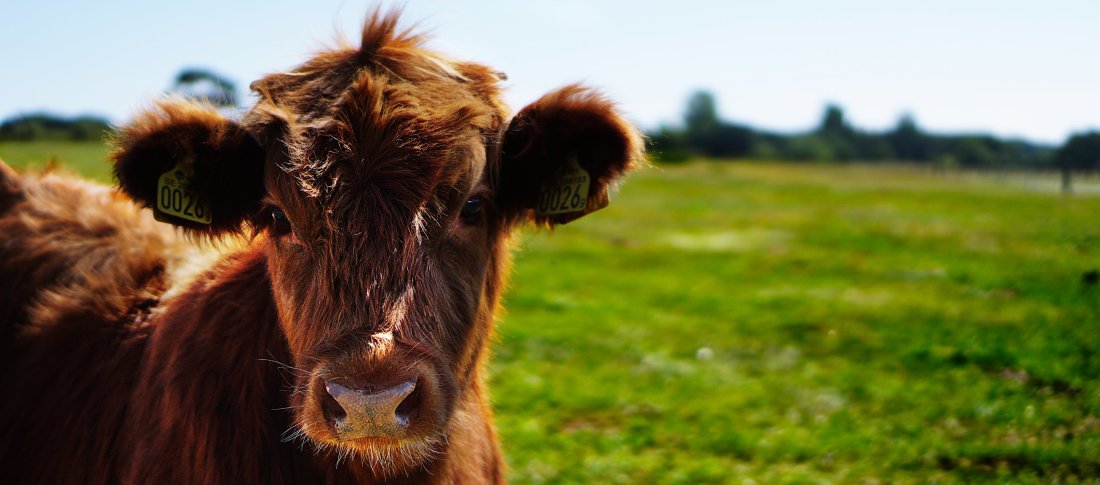Switching to autumn block calving can bring big benefits to dairy farmers. But what are the financial implications, and would it work for your business?
Like any other dairy farmer, you want to work as efficiently as possible to make a success of your business. And if you are anything like roughly 80% of the UK’s dairy farmers, you will be operating on an all-year-round calving schedule.
There is however growing clamour for autumn block calving programmes. That’s largely because of the potential benefits available to dairy farmers. But, as with so many things, where there are benefits there tends to be associated drawbacks.
Let’s look at some of the pros and cons of autumn block calving.
The pros of autumn calving
Cost savings
Research indicates possible savings of 2.1-2.4ppl on milk production costs when switching from all-year-round calving to autumn block calving. The savings are generated due to a number of efficiencies, chief among them the food cost savings that are inevitable when 90% of your herd are on the same feed management plan.
Efficiency of labour
As well as predictable feed management, autumn block calving makes it easier to plan the labour resources required on your farm.
Predictable time off
With predictable labour requirements and a set calendar for key duties, it’s far easier to allocate time off – for yourself and your staff – and know that you still have enough hands on deck to take care of the necessary duties.
Takes the pressure off pasture
After calving, dairy cows have high energy demands that can’t be sustained at pasture all year round. With an autumn block calving schedule, you can utilise pasture in the spring when the grass is at its freshest, without panicking that rain and muddy fields will risk failing to meet the nutritional demands of cows with high energy demands.
The cons of autumn calving
Loss of income
When switching from all-year-round calving to autumn block calving, a temporary loss of income is inevitable as some of your herd will have to be left open to get every cow on the same fertility cycle. These costs can be significant and are very important to consider for your cashflow.
Calving is busy. Really busy.
The aim with autumn block calving is for at least 90% of your herd to calve in a twelve-week window. That creates a twelve-week period where the labour demands on your farm will be incredibly high – and you must think carefully about whether you would be able to meet that with your existing labour resources.
Pressure on infrastructure
Autumn block calving also puts pressure on the infrastructure of your farm. Do you even have the facilities to accommodate an entire herd calving within a few weeks of one another? Or a herd’s worth of calves being weaned at the same time? It’s important to consider the potential pressure on your facilities and infrastructure.
Should you consider autumn calving?
Many dairy farmers that have switched from all-year-round calving to autumn block calving speak of short term pain for long term gain. The transitional period is typically around 1-3 years. And while immediate financial losses are almost inevitable with cows having to be left open, you can recover these costs through the increased efficiencies generated by having your entire herd on one calving and feed management schedule.
Will it work for your farm and your profitability
Whether or not switching to autumn calving will work for you specifically depends on the nuances of your farm, your finances and the ambitions that you have for your business.
For example, if you don’t have the contingency funds to sustain a short-term cash flow deficit, switching to autumn calving could put your entire business under unnecessary financial pressure.
Another consideration is the breed of cows in your herd. Farms with Holstein-Friesians may have to use Friesian bulls to breed more fertile replacements that will hold body condition better.
To help you make a more informed, data-fed decision about switching to an autumn calving block, the AHDB has two tools that will help you assess the impact on your profits. Run the numbers in the Milk Price Calculator and Milk Forecast Calculator to see whether an autumn calving block may make sense on your farm.
Can Megalac help?
As you know it’s essential for dairy cows to maintain a healthy and stable BCS – both in terms of fertility and milk yield. But that’s not easy when a dairy cow’s energy demands fluctuate so heavily as they progress through the fertility and lactation cycles. Megalac is a rumen-protected, energy-dense fat supplement that helps to maintain BCS and has been proven to improve both fertility rates and milk yields.
